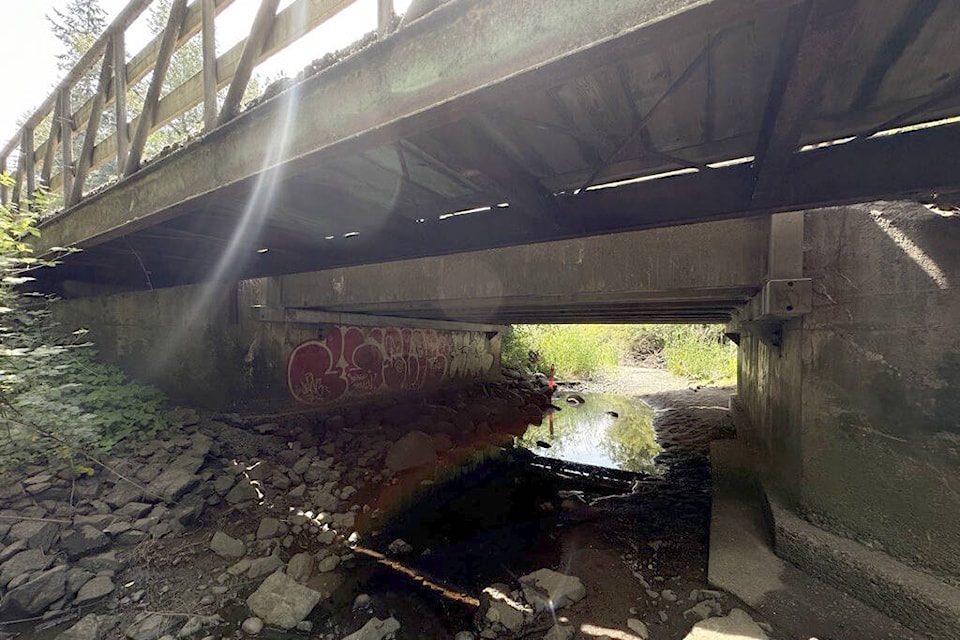Anglers, streamkeepers, hikers — any British Columbian — with eyes on a stream is being asked for their urgent assistance to help salmon from the effects of this year’s devastating drought.
The Pacific Salmon Foundation has released a new online reporting tool, called , designed to map streams with low-water levels by using the public to collect valuable data they don’t have the resources to gather independently. A rapid-response working group, comprised of the provincial government, DFO and other technical experts, will flag streams with conditions potentially lethal to spawning and juvenile salmon, and then do what’s necessary to save them.
“B.C. is a big place. It’s a remote place. It’s just not possible for all these streams to be monitored by our agencies. But there are a lot of concerned salmon citizens out there keeping an eye on things,” Jane Pendray, a PSF program manager for salmon and climate adaptation said. “They can help us find these problems so we can take action.”
READ MORE:
Many parts of B.C. are experiencing the worst summer drought conditions on record.
Fortunately, most of the Northwest is faring better than all other areas of the province. On a scale of five, the Northwest basin, Stikine basin and Skeena-Nass basin are currently at drought levels of one, two and three, respectively. The Bulkley Lakes basin has hovered at a level-five drought since mid July.
Warm stream temperatures and low flow rates are two major factors that make habitat unviable for salmon. A PSF video shows one such stream near Kamloops where dozens of juvenile fish are trapped in a shallow pool of water about one metre in diameter. The temperature is less than one degree from the lethal limit of 23 degrees.
The reporting tool asks users to share photos and written observations of the drought-affected streams. Location data can be gathered automatically with a cellular signal, or entered later from a desktop computer.
Pendray concedes not all cases can be acted upon, but every report received will contribute a post-season study to identify drought trends, and potentially help researchers forecast problem areas. Otherwise, there are several scenarios that can be remedied.
“We used think the only thing we could do in a lot of drought situations is to salvage the fish and move them to a place where there’s enough water,” Pendray said. “But now we’re looking at doing habitat improvement to these areas.”
This includes either deepening shallow pools containing trapped fish, and tapping into a cold water flow from natural sources to sustain them. Consolidating multiple low-flow streams into one viable water source is also an option.
“Some of the tools we’re looking at haven’t been used very widely, because, honestly, we don’t have a history of needing a lot of these tools on a long-term basis,” Pendray said. “But with droughts we’re seeing now, we need everything in our toolkit.”



